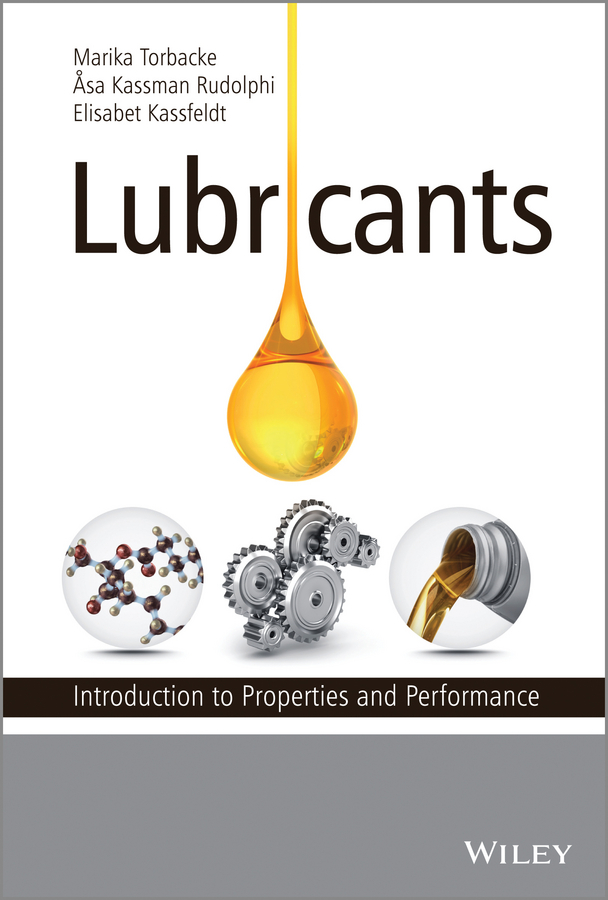Электронная книга: Marika Torbacke «Lubricants. Introduction to Properties and Performance»

|
Those working with tribology often have a background in mechanical engineering, while people working with lubricant development have a chemistry/chemical engineering background. This means they have a tradition of approaching problems in different ways. Today’s product development puts higher demands on timing and quality, requiring collaboration between people with different backgrounds. However, they can lack understanding of each other’s challenges as well as a common language, and so this book aims to bridge the gap between these two areas. Lubricants: Introduction to Properties and Performance provides an easy to understand overview of tribology and lubricant chemistry. The first part of the book is theoretical and provides an introduction to tribological contact, friction, wear and lubrication, as well as the basic concepts regarding properties and the most commonly made analyses on lubricants. Base fluids and their properties and common additives used in lubricants are also covered. The second part of the book is hands-on and introduces the reader to the actual formulations and the evaluation of their performance. Different applications and their corresponding lubricant formulations are considered and tribological test methods are discussed. Finally used oil characterisation and surface characterisation are covered which give the reader an introduction to different methods of characterising used oils and surfaces, respectively. Key features: Combines chemistry and tribology of lubricants into one unified approach Covers the fundamental theory, describing lubricant properties as well as base fluids and additives Contains practical information on the formulations of lubricants and evaluates their performance Considers applications of lubricants in hydraulics, gears and combustion engines Lubricants: Introduction to Properties and Performance is a comprehensive reference for industry practitioners (tribologists, lubricant technicians, and lubricant chemists, etc) and is also an excellent source of information for graduate and undergraduate students. Издательство: "John Wiley&Sons Limited"
ISBN: 9781118799703 электронная книга Купить за 10038.89 руб и скачать на Litres |
Другие книги схожей тематики:
| Автор | Книга | Описание | Год | Цена | Тип книги |
|---|
См. также в других словарях:
Business and Industry Review — ▪ 1999 Introduction Overview Annual Average Rates of Growth of Manufacturing Output, 1980 97, Table Pattern of Output, 1994 97, Table Index Numbers of Production, Employment, and Productivity in Manufacturing Industries, Table (For Annual… … Universalium
Ceramic engineering — Simulation of the outside of the Space Shuttle as it heats up to over 1,500 °C (2,730 °F) during re entry into the Earth s atmosphere Ceramic engineering is the science and technology of creating objects from inorganic, non metallic… … Wikipedia
petroleum refining — Introduction conversion of crude oil into useful products. History Distillation of kerosene and naphtha The refining of crude petroleum owes its origin to the successful drilling of the first oil well in Titusville, Pa., in 1859. Prior to… … Universalium
industrial polymers, major — Introduction chemical compounds used in the manufacture of synthetic industrial materials. In the commercial production of plastics, elastomers, man made fibres, adhesives, and surface coatings, a tremendous variety of polymers are… … Universalium
aerospace industry — Introduction assemblage of manufacturing concerns that deal with vehicular flight within and beyond the Earth s atmosphere. (The term aerospace is derived from the words aeronautics and spaceflight.) The aerospace industry is engaged in the … Universalium
steel — steellike, adj. /steel/, n. 1. any of various modified forms of iron, artificially produced, having a carbon content less than that of pig iron and more than that of wrought iron, and having qualities of hardness, elasticity, and strength varying … Universalium
